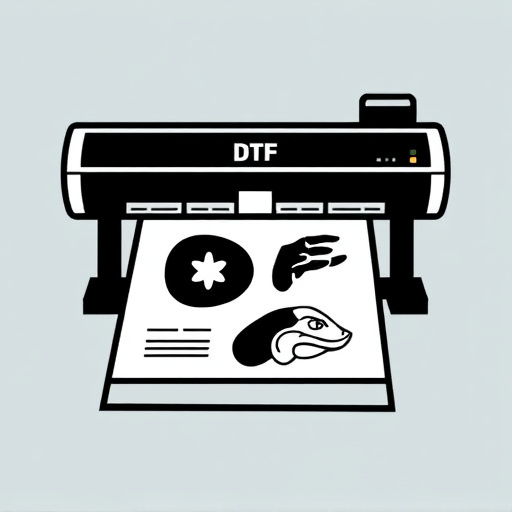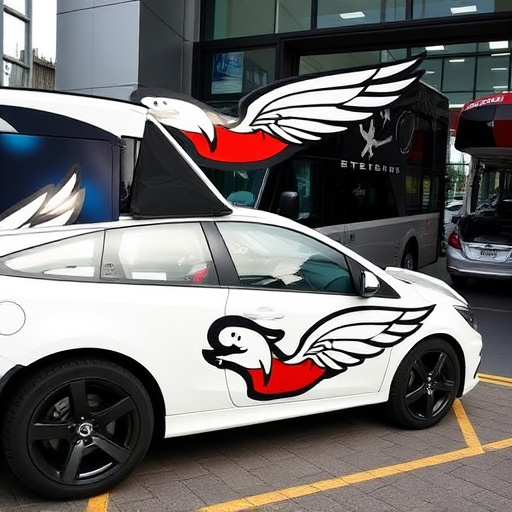Creating a strong brand identity design involves establishing solid fundamentals like mission, values, target audience, and unique selling points. Understanding your audience aligns your brand with their aspirations, fostering meaningful connections. Conducting thorough market research and competitor analysis is crucial for developing a comprehensive brand identity design system that fills gaps in the market and stands out. Combining these insights with your company's values and mission results in a cohesive design that effectively communicates your brand's essence across all platforms and interactions.
Creating a cohesive brand identity design system is a strategic process that involves multiple steps. In this article, we’ll guide you through establishing robust brand fundamentals—from defining purpose and values to conducting market research and crafting a unique value proposition. We’ll then delve into the intricate design guidelines, covering style guides, visual elements, and consistent logo usage.
Finally, learn how to implement this system across all touchpoints, train teams, and maintain the design’s integrity over time, ensuring your brand identity remains strong and recognizable in today’s competitive market.
- Establish Brand Fundamentals
- – Define brand purpose and values
- – Conduct thorough market research and competitor analysis
Establish Brand Fundamentals

Creating a strong brand identity design starts with establishing solid fundamentals that will guide every visual and communication decision. This involves defining core elements like your brand’s mission, values, target audience, and unique selling points. Think of these as the protective coatings that safeguard your brand’s essence, ensuring consistency across all platforms and interactions. By clearly articulating who you are and what you stand for, you set a solid foundation for every creative choice ahead.
Understanding your target market is crucial here. Whether you’re in the business of premium automotive services or offering car customization options, aligning your brand identity with your audience’s aspirations and needs is key. This could mean incorporating sleek, modern aesthetics for a tech-savvy demographic or focusing on durability and craftsmanship for those valuing quality and reliability. Establishing these fundamentals will ensure your design system resonates with its intended audience, creating an authentic connection that extends beyond mere products or services.
– Define brand purpose and values

A strong brand identity design starts with a clear understanding of your brand’s purpose and values. Defining these is akin to crafting the foundation of a house—it provides the structural integrity upon which all other design elements will be built. Your brand’s purpose answers the question, “Why does your company exist?” It’s the driving force behind every decision, from marketing strategies to product development. For instance, a brand specializing in custom vehicle wraps and heat rejection solutions through ceramic window tinting might position itself as a provider of both style and functionality for car enthusiasts who want their vehicles to stand out while maintaining optimal interior comfort.
This purpose should be reflected in your brand’s core values—the principles that guide your actions and interactions with customers, partners, and employees. These could include innovation, quality, customer satisfaction, environmental responsibility (especially relevant in industries like automotive aftermarket products), or community engagement. Aligning these values throughout your brand identity design ensures consistency across all touchpoints, creating a cohesive and memorable experience for your audience.
– Conduct thorough market research and competitor analysis

Before diving into the creative process, conducting comprehensive market research and competitor analysis is paramount to building a robust brand identity design system. This step involves understanding your target audience, their preferences, and how they perceive existing brands in your industry. Market research provides insights into consumer behavior, trends, and unmet needs, ensuring your brand stands out from the competition. By analyzing what works and doesn’t work for similar businesses, especially premium automotive service providers leveraging vinyl wraps or custom graphics, you can identify gaps in the market and develop a unique positioning strategy.
A thorough analysis should also consider cultural influences, industry norms, and emerging design trends. This knowledge will guide your design decisions, ensuring your brand identity is not only visually appealing but also meaningful and relevant to your audience. By combining these research findings with a deep understanding of your company’s values and mission, you can create a cohesive design system that effectively communicates the essence of your premium automotive services or any other product or service you offer.
Creating a cohesive brand identity design system requires a solid foundation of defined brand purpose, core values, and comprehensive market understanding. By establishing these fundamentals and conducting rigorous research, brands can develop unique and memorable visual identities that resonate with their target audiences. This systematic approach ensures brand consistency across all touchpoints, fostering recognition and building a strong, lasting impression in the minds of consumers.














